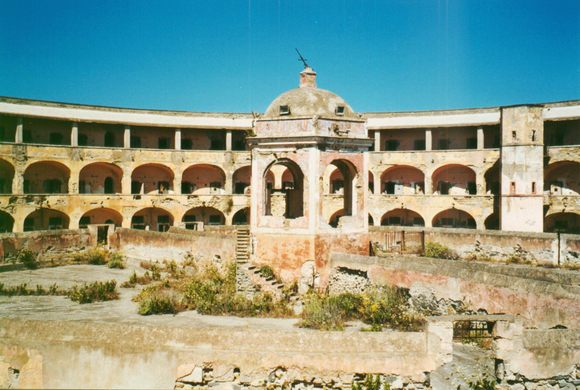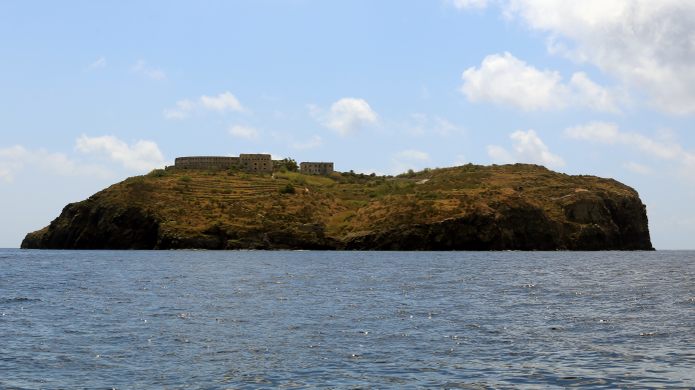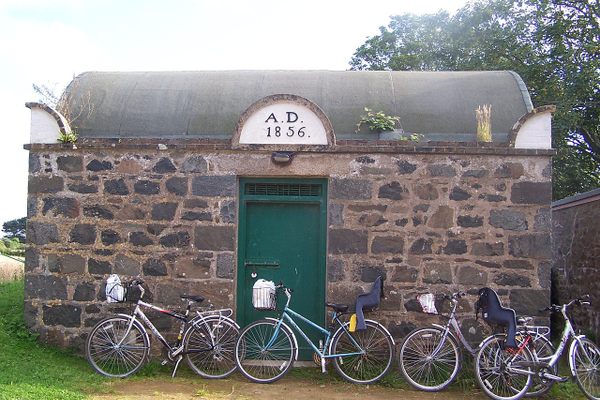Santo Stefano Prison
Built to be the ideal penitentiary, this abandoned panopticon saw several revolts and even a prisoners' coup.
Santo Stefano is a tiny island in the Tyrrhenian Sea that for nearly two centuries housed a prison built based on the late-18th-century model of the ideal penitentiary: the panopticon.
The principle of the panopticon, ideated by the English philosopher Jeremy Bentham, is a circular design in which the inmates can be observed by one watchman without knowing whether they’re being watched, so that they are motivated to behave properly at all times. All the cells are placed in a semi-circle around the central inspection house where the wards can see all the inmates, though the prisoners can’t see inside the inspection house.
This theoretically ideal structure didn’t, however, prevent numerous revolts and evasion attempts at the Santa Stefano prison. In fact, the first one was in 1797, just two years after the inauguration of the new penitentiary, and there was another the following year. The biggest revolt came in 1860, when the 800 inmates succeeded in gaining control of the prison, taking advantage of the fact that most of the wards were sent to fight the Piedmontese troops that were conquering the Kingdom of the Two Sicilies on their way to unify Italy. The rebellious inmates proclaimed the Republic of Santo Stefano and established a senate and a set of rules, all of which provided the death penalty for various crimes. The republic lasted for a few months, until in early 1861 the Italian troops came to the island to restore control.
The prison was then used as a destination for banished political opponents during the fascist rule in Italy, one of whom was the future Italian president Sandro Pertini. The structure was finally closed and completely abandoned in 1965.
Know Before You Go
Santa Stefano and the abandoned prison can be visited on guided tours of the Pontine Islands.

















Follow us on Twitter to get the latest on the world's hidden wonders.
Like us on Facebook to get the latest on the world's hidden wonders.
Follow us on Twitter Like us on Facebook